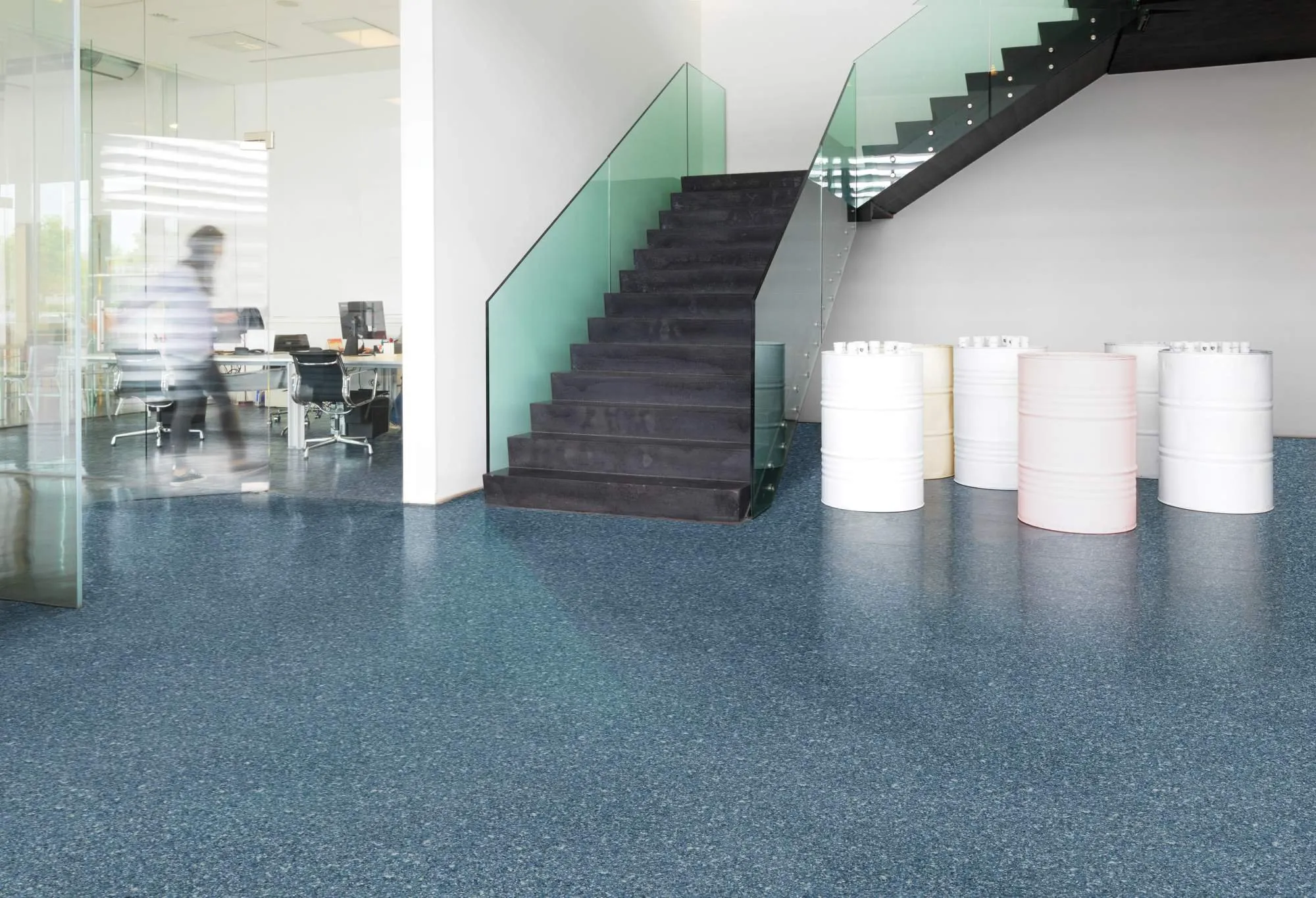Tips for Successfully Sealing Skirting Boards to Prevent Moisture and Enhance Durability
The Importance of Sealing Skirting Boards A Comprehensive Guide
Skirting boards, also known as baseboards, play a critical role in interior design, bridging the gap between the wall and the floor. They are not just a decorative element; they also serve functional purposes such as protecting walls from damage and hiding uneven edges. However, to maximize their lifespan and functionality, sealing skirting boards is an essential step that every homeowner should consider. This article explores the benefits of sealing skirting boards, the materials involved, and the techniques to achieve an effective seal.
Why Seal Skirting Boards?
1. Moisture Protection One of the primary reasons to seal skirting boards is to protect them from moisture. In areas with high humidity, such as kitchens and bathrooms, skirting boards are susceptible to water damage, which can lead to mold growth and deterioration of the wood. A sealant creates a barrier that repels water, reducing the risk of swelling and warping.
2. Enhanced Durability Sealing skirting boards can significantly enhance their durability. Unsealed wood is vulnerable to scratches, dings, and stains. By applying a protective coat, you can ensure that the skirting boards withstand the everyday wear and tear that comes with family life and prevent the need for frequent replacements.
3. Improved Aesthetic Appeal A well-sealed skirting board maintains a polished look that complements any interior decor. It helps to maintain the color and finish of the wood, ensuring that the skirting boards do not appear faded or dull over time. Additionally, sealing can enhance the grain pattern of the wood, adding an extra element of sophistication to the room.
4. Pest Prevention Sealed skirting boards can act as a deterrent to pests such as termites and other wood-boring insects. By filling in tiny cracks and crevices with sealant, you minimize the chances of pests infiltrating the wood, thus prolonging its life.
Materials Used for Sealing
When it comes to sealing skirting boards, there are various materials available, each offering unique benefits
- Polyurethane This is a popular choice for sealing wooden skirting boards due to its durability and resistance to scratches, heat, and moisture. It comes in both oil-based and water-based formulas, allowing for flexibility based on your needs.
sealing skirting boards

- Varnish Varnish is another common option that provides a strong protective layer and enhances the natural beauty of wood
. It is available in various sheens, from matte to high gloss.- Acrylic Sealants These sealants are easy to apply and clean up and are often used in conjunction with paint. They provide a flexible seal that can accommodate the natural expansion and contraction of wood.
Techniques for Sealing Skirting Boards
To achieve the best results when sealing skirting boards, follow these steps
1. Preparation Start by cleaning the skirting boards thoroughly, removing dust, dirt, and any previous finishes. Sand the surface lightly to create a better bonding area for the sealant.
2. Choosing the Right Sealant Decide on the type of sealant that suits your aesthetic preferences and functional needs.
3. Application Apply the sealant using a brush or roller. For best results, apply at least two coats, allowing adequate drying time between each application.
4. Finishing Touches Once the sealant is dry, touching up any areas with paint or caulk can give a professional look.
In conclusion, sealing skirting boards is a crucial step that enhances their longevity, aesthetics, and functionality. By investing time and effort into this process, homeowners can protect their investment and enjoy beautiful, long-lasting skirting boards for years to come.
-
SPC FlooringJun.24,2025
-
Bathroom Wall CoveringsJun.24,2025
-
Why Dry Back LVT Flooring Is the Smart Choice for Modern InteriorsJun.05,2025
-
Transform Your Interiors with Elegant Luxury Vinyl Flooring OptionsJun.05,2025
-
The Rise of SPC Vinyl Flooring: A Modern Solution for Durable and Stylish SpacesJun.05,2025
-
Click LVT Flooring: The Perfect Blend of Style, Strength, and SimplicityJun.05,2025




